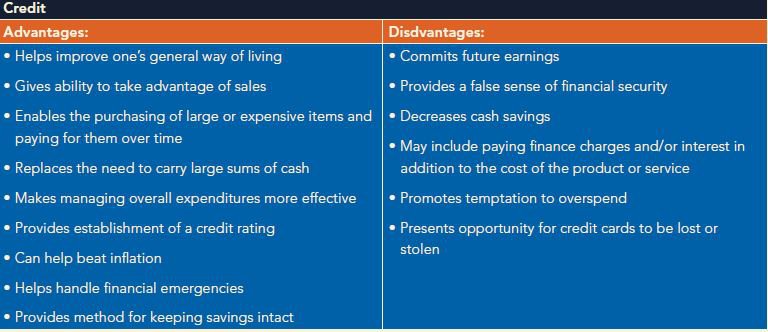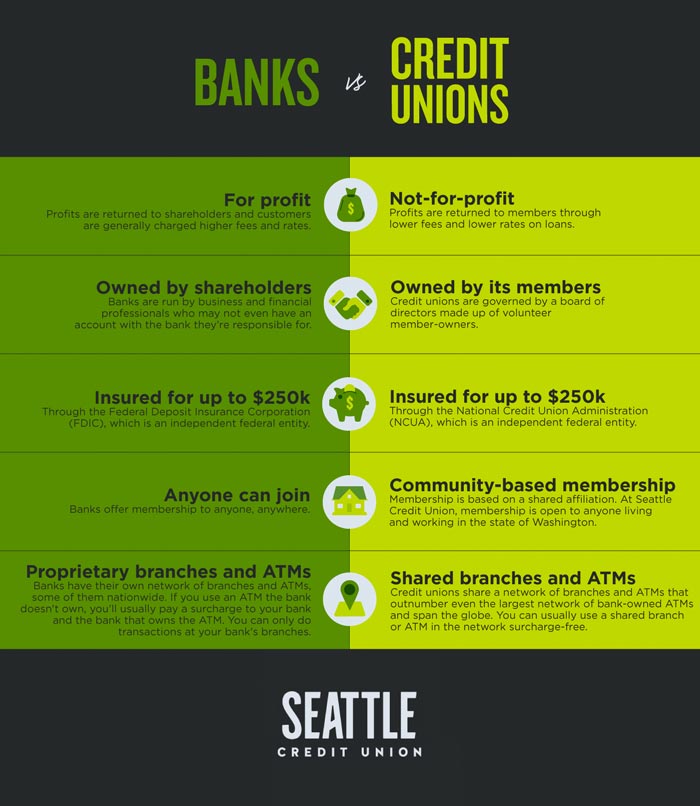The Ultimate Guide to Recognizing Lending Institution

Lending institution stand as distinct financial entities, rooted in concepts of shared support and member-driven procedures. Past their fundamental worths, understanding the detailed functions of credit history unions involves a much deeper exploration. Untangling the complexities of subscription eligibility, the development of solutions offered, and the distinct benefits they bring requires a comprehensive examination. As we navigate via the complexities of lending institution, an insightful trip waits for to clarify these member-focused organizations and how they differ from traditional financial institutions.
What Are Credit Score Unions?
Lending institution are member-owned economic institutions that offer a range of banking services to their members. Unlike traditional banks, lending institution run as not-for-profit companies, suggesting their main focus is on offering their participants instead than making the most of profits. Members of a credit rating union normally share a typical bond, such as helping the same company, belonging to the same area, or being component of the very same organization.
One of the vital benefits of lending institution is that they frequently use greater interest rates on interest-bearing accounts and lower passion prices on finances compared to banks. Wyoming Credit Union. This is due to the fact that cooperative credit union are structured to profit their members straight, permitting them to hand down their earnings in the type of much better prices and fewer charges. In addition, credit scores unions are understood for their individualized customer care, as they focus on developing partnerships with their participants to understand their one-of-a-kind economic demands and objectives
History and Evolution of Lending Institution
The roots of member-owned monetary cooperatives, understood today as cooperative credit union, trace back to a time when areas looked for alternatives to traditional financial establishments. The idea of lending institution originated in the 19th century in Europe, with Friedrich Wilhelm Raiffeisen frequently credited as the leader of the cooperative banking activity. Raiffeisen started the initial identified cooperative credit union in Germany in the mid-1800s, stressing neighborhood support and self-help concepts.
The advancement of lending institution proceeded in North America, where Alphonse Desjardins established the first credit scores union in Canada in 1900. Shortly after, in 1909, the initial U.S. cooperative credit union was created in New Hampshire by a group of Franco-American immigrants. These early cooperative credit union operated the fundamental concepts of mutual assistance, autonomous control, and member ownership.
Over time, lending institution have expanded in appeal worldwide as a result of their not-for-profit structure, concentrate on serving participants, and using affordable financial products and solutions. Today, cooperative credit union play a crucial role in the monetary sector, providing community-oriented and accessible banking choices for people and businesses alike.

Membership and Qualification Criteria
Subscription at a cooperative credit union is typically restricted to people meeting specific eligibility standards based on the establishment's founding concepts and governing requirements. These requirements typically include elements such as geographical area, employment condition, membership in specific companies, or association with certain teams. Lending institution are understood for their community-oriented strategy, which is reflected in their membership demands. Hybrid Line of Credit. Some credit rating unions may only serve individuals who work or live view it now in a particular area, while others might be tailored to workers of a specific company or participants of a specific organization.
Additionally, lending institution are structured as not-for-profit companies, implying that their primary objective is to serve their participants as opposed to produce profits for investors. This concentrate on member solution frequently translates right into more tailored attention, reduced charges, and competitive rate of interest on finances and cost savings accounts. By satisfying the eligibility requirements and becoming a member of a debt union, individuals can access a range of economic products and services customized to their specific demands.
Services and Products Supplied
One of the essential facets that sets credit their explanation rating unions apart is the varied variety of economic solutions and products they provide to their participants. Credit history unions usually give conventional banking solutions such as financial savings and checking accounts, fundings, and bank card. Participants can likewise gain from financial investment solutions, consisting of pension and financial planning aid. Numerous cooperative credit union supply affordable interest prices on cost savings accounts and loans, as well as reduced costs contrasted to standard financial institutions.
Furthermore, credit rating unions frequently provide hassle-free online and mobile financial alternatives for participants to easily handle their financial resources. They may supply benefits such as shared branching, allowing participants to access their accounts at other credit rating unions throughout the country. Some credit rating unions also give insurance coverage products like home, automobile, and life insurance to aid members secure their properties and enjoyed ones.

Advantages of Banking With Cooperative Credit Union
When considering economic institutions, exploring the benefits of banking with credit scores unions reveals unique advantages for members seeking personalized solution and competitive rates. Unlike huge financial institutions, credit scores unions are member-owned and prioritize structure strong relationships with their participants. Generally, banking with a debt union can give a much more personalized, cost-effective, and member-centric monetary experience.
Conclusion
In final thought, debt unions stand out as member-owned monetary establishments that focus on offering their participants over making the most of revenues. With origins dating back to 19th century Europe, credit scores unions comply with principles of mutual support and member ownership.
Credit report unions are member-owned monetary institutions that provide a range of banking solutions to their participants. The idea of credit rating unions originated in the 19th century in Europe, with Friedrich Wilhelm Raiffeisen frequently attributed as the leader of the cooperative banking movement.The development of credit history unions continued in North America, where Alphonse Desjardins established the initial debt union in Canada in 1900. Credit unions typically give typical banking services such as financial savings and inspecting accounts, loans, and credit score cards.When thinking about financial i loved this organizations, exploring the benefits of banking with credit rating unions discloses special benefits for members looking for personalized service and competitive prices.